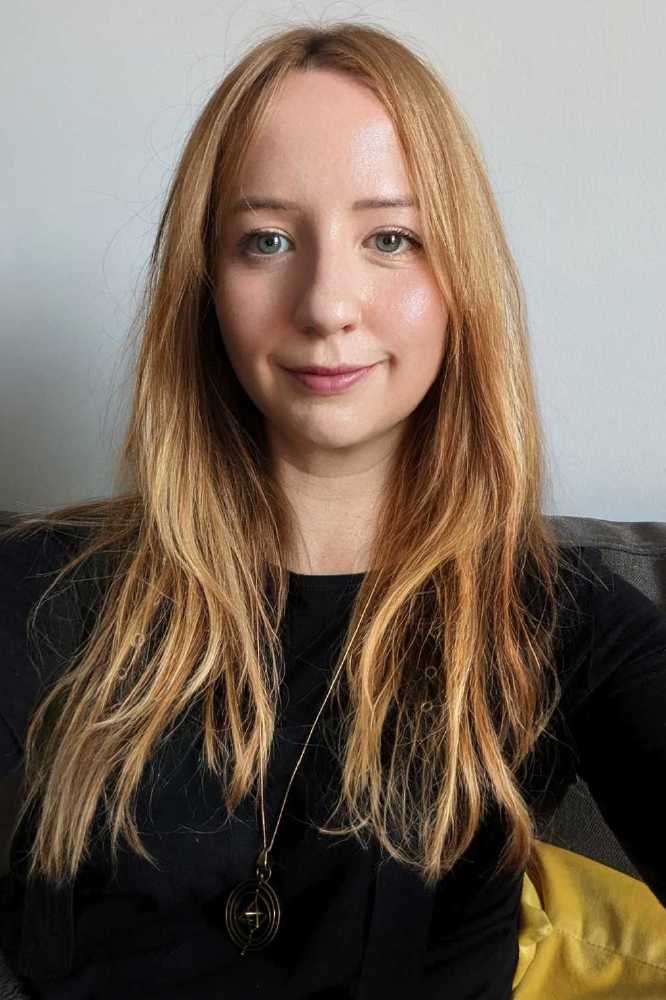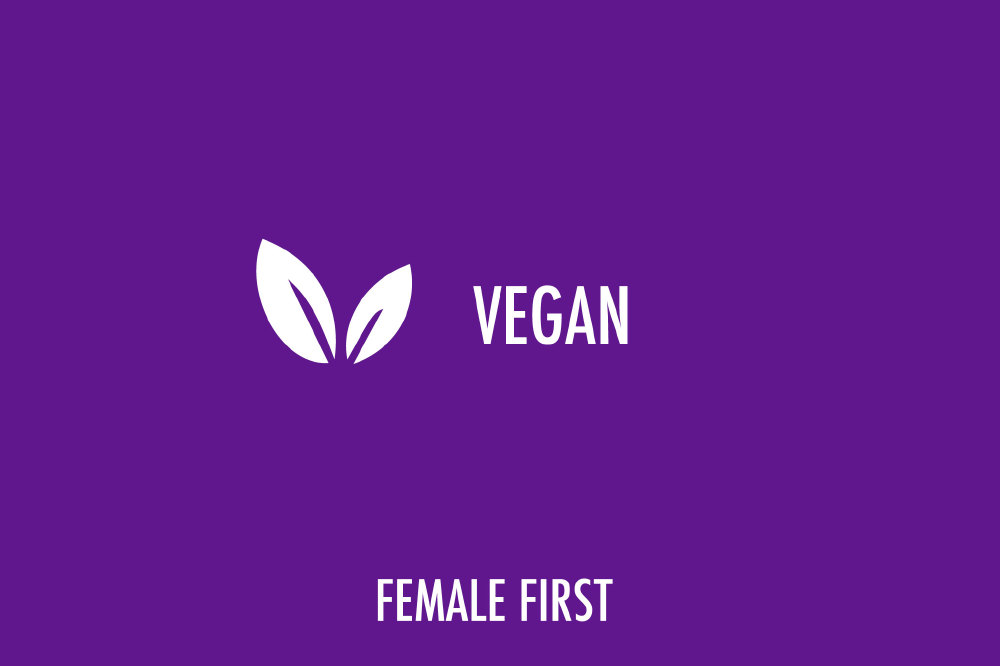I remember being ten years old in 1995, at the height of the BSE ‘mad cow disease’ summer, where images of cows burning on farms were spread across the news. I was living in Tel Aviv, Israel and floods of stories (and apocalyptic news reels to accompany them) about the UK culling's reached my part of the world. I watched interviews of farmers in tears being forced to kill their livestock due to bovine spongiform encephalopathy, many of them losing their livelihoods in the process of burning and murdering thousands of poor animals. Needless to say, I was horrified.

Faye Lewis, Head of Communications at Viva!
By ten, I had a seeming grasp on who I was, and the kind of things I liked. Likes included George Orwell, Portishead and for some reason, wearing a bandana. Dislikes included, terrorism, nuclear power and eating meat. Though I was a child and didn’t always know what I was talking about, like the time I asked a McDonald’s worker if it was true, they were “sponsoring the IRA”. Prior to that, as an even younger child, I had drained the milk from my cereal spoon, preferring to wet the cereal, but not actually drink the milk. Though there was less of an anti-meat and dairy agenda at the age of five and my mum put it down to me being a “fussy eater.” I put it down to my body innately rejecting unnecessary toxins, pesticides, antibiotics, bacteria and hormones.
So the seeds were planted in childhood, and me turning vegan was atypical. That said it took a long time to go fully vegan. I was 23 and it was 2009 before I really found out more about veganism. Working as a music journalist, many bands were surprised I wasn’t vegan. I became good friends with Neil Kingsbury who was in a pro-vegan crust punk band called Fall of Efrafa. They based their entire identity around a re-imagining of the mythological and political overtones in the book Watership Down by Richard Adams, with a strong push towards animal rights. All the bands I was immersed with around that time were vegan, notably, Architects, as they are the only ones, you’re likely to have heard of, and because they are some of the most outspoken on veganism and animal rights. Going on tour everyone would be vegan – it was safer than service station mishaps.
By 25 I was finally told that my body could not retain or store b12, following a few years of passing out - and it was likely my body never had been able to retain it. The doctor told me to eat meat, fish and dairy. I refused to touch, milk, meat and eggs, but went back to fish and cheese for a time, before removing them again when finding out b12 is literally fed to animals, which is why they contain it. Instead, I simply bought b12 supplements and upped my intake.
By 27 I had a fiancé who was vegan and so veganism was firmly cemented. I also learned to cook at this time. It was born out of necessity, because while she had a lot of enthusiasm for cooking, unfortunately, no matter how varied in scope – her food always tasted like watery courgette.
Recently, aside from the obvious benefits around health and having a basic level of compassion for animals, the environmental reasons for veganism mean people are starting to listen in earnest to the vegan message.
Questions are finally being asked around the economic forces behind the production of meat, fish, eggs, and dairy and why it is these industries are government backed. There are more choices than ever in terms of food, and as we find ourselves in a pandemic, people are joining the dots with the spread of zoonic diseases and factory farm conditions – it's not rocket science.
There is more and more evidence that can’t be ignored around why being vegan is the best thing for the animals, health and the planet, and as demand for vegan products increases, policy makers and corporations can no longer ignore this. Right now, it is an incredibly exciting time to be vegan!
MORE: Supporter Services Coordinator at The Vegan Society, Harriet Macintosh shares her vegan journey


